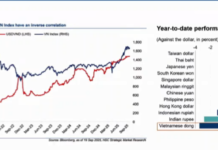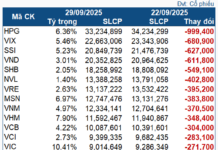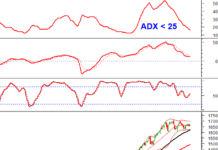
Illustrative image
According to data from Kpler, Russia’s crude oil imports to India surged to 2 million barrels per day in August 2025, accounting for 38% of the country’s total daily imports of 5.2 million barrels of crude oil in the first half of the month. This figure is higher than the 1.6 million barrels per day in July, as imports from Iraq fell to 730,000 barrels per day and those from Saudi Arabia dropped to 526,000 barrels per day.
The US is currently India’s fifth-largest oil supplier, with 264,000 barrels per day. Russian oil shipments in August were mostly locked in from June and early July, before US President Donald Trump announced additional tariffs of 25% on imports from India late last month, bringing the total to 50%. Analysts say the actual impact of this decision will take a few months to materialize due to the advanced planning involved in oil purchase contracts.
“The current figures reflect purchasing decisions made several weeks ago. Any significant adjustments in volumes due to tariffs, payment issues, or transportation glitches will only show up from late September to October,” said Sumit Ritolia, Senior Analyst at Kpler, emphasizing that there has been no official directive from the Indian government to reduce Russian oil imports as of yet.
Arvinder Singh Sahney, Chairman of Indian Oil Corporation (IOC), India’s largest oil refinery, asserted that purchasing decisions are solely based on economic factors. In Q2, Russian oil accounted for about 22% of IOC’s processing volume, and this proportion is expected to remain stable in the coming period.
At Bharat Petroleum Corporation Ltd (BPCL), CFO Vetsa Ramakrishna Gupta stated that the proportion of Russian oil decreased last month compared to 34% in Q2. The reason is that the discount narrowed to just $1.5 per barrel, much lower than the over $40 per barrel right after the Russia-Ukraine conflict began in 2022. The discount has now inched up to over $2 per barrel. BPCL aims to maintain the proportion of Russian oil at 30-35% for the rest of the year, provided there are no new sanctions from the West.
Before the conflict, Russian oil was almost non-existent in India’s import mix, accounting for less than 0.2% of the total. However, US and European sanctions on Moscow since 2022 have presented India with an opportunity to access cheaper oil, helping to reduce import costs and support domestic fuel price stability. While Russian oil now accounts for 35-40% of total imports, this heavy reliance also exposes India to risks should the supply be disrupted.
According to Ritolia, Indian refineries are seeking to diversify their sources by increasing imports from the US, West Africa, and Latin America. This move is not intended to replace Russian oil but to safeguard against disruptions and ensure energy security. “This is a shift in mindset – from maximizing profit margins to managing logistical risks,” he remarked.
The IOC Chairman dismissed rumors that the government was asking refineries to increase purchases from the US to “pacify” Washington. “We have not received any such request. Business is as usual, and it will only change if there are new sanctions,” Mr. Sahney emphasized.
Is VinFast’s Cheapest Electric Car Going Global Before Reaching Vietnamese Customers?
VinFast is gearing up to launch yet another electric vehicle masterpiece in the South Asian market with the Minio Green. This compact car is set to revolutionize the region’s automotive industry, offering an eco-friendly and stylish option for conscious consumers. With its sleek design and impressive performance, the Minio Green is poised to make a big impact, following in the successful footsteps of its predecessor, the Limo Green.
“No Match for Russian Oil: BRICS Nation Faces Import Cost Surge”
Russian oil is unparalleled in terms of cost, quality, and reliability, especially with the long-term nature of many Russo-Indian contracts.










































